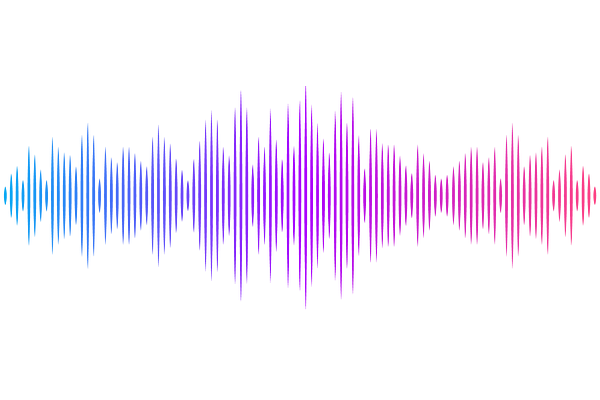Model-independent cosmological inference after the DESI DR2 data with improved inverse distance ladder

Model-independent cosmological inference after the DESI DR2 data with improved inverse distance ladder
Jia-Le Ling, Guo-Hong Du, Tian-Nuo Li, Jing-Fei Zhang, Shao-Jiang Wang, Xin Zhang
AbstractRecently, the baryon acoustic oscillations (BAO) measurements from the DESI survey have suggested hints of dynamical dark energy, challenging the standard $\Lambda $CDM model. In this work, we adopt an improved inverse distance ladder approach based on the latest cosmological data to provide a model-independent perspective, employing a global parametrization based on cosmic age (PAge). Our analysis incorporates DESI DR2 BAO measurements, cosmic chronometer (CC) data, and type Ia supernovae (SNe) observations from either the DESY5 or PantheonPlus datasets. For the DESY5+DESI DR2+CC datasets, we obtain $H_0 = 67.91 \pm 2.33~\mathrm{km~s^{-1}~Mpc^{-1}}$. This value is consistent with the Planck 2018 result, while shows $2.0 \sigma$ tension with the SH0ES measurement. Furthermore, by mapping specific cosmological models into PAge approximation parameter space $(p_{\mathrm{age}}, \eta)$, our model-independent analysis reveals a notable deviation from the $\Lambda \mathrm{CDM}$ model, as indicated by the DESY5 and DESI DR2 datasets. Finally, DESY5+DESI DR2+CC datasets provide nearly decisive evidence favoring the PAge model over the standard $\Lambda \mathrm{CDM}$ model. These findings highlight the need for further investigation into the expansion history to better understand the deviations from the $\Lambda \mathrm{CDM}$ model.